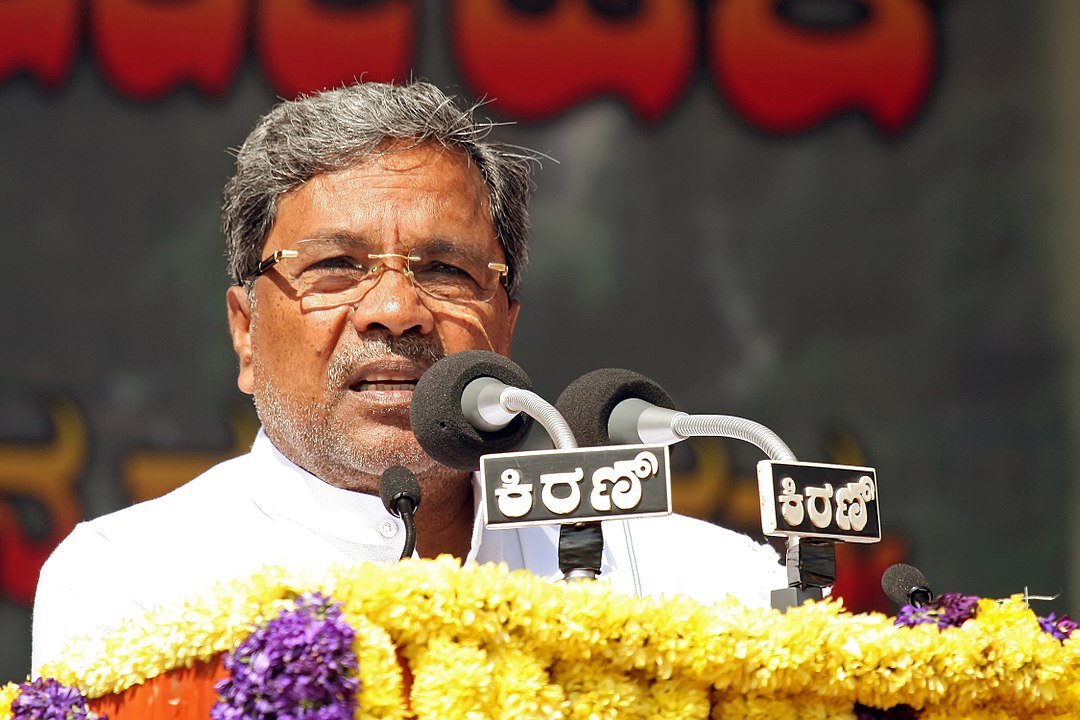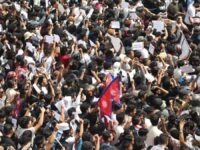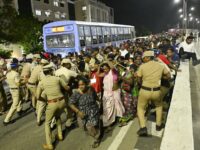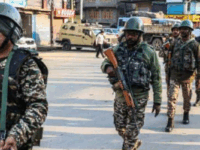Karnataka Elections 2023

Understanding The Political Origins
Karnataka was created in 1956 by merging all Kannada speaking regions. Because these regions were overlapping between other regions, even today these differences are visible ideologically. There is large scale wealth concentration in the southern part of the state while the northern half is relatively agrarian and poor. This is mainly because the successive governments have focused on the southern region.
This also creates irregular voting patterns across the states which often makes it difficult to predict public opinion. The proximity of neighboring states is a major influence on the voting patterns of border districts.
From the time of India’s independence up until the 90’s Karnataka was always counted on as an absolute bastion of the Congress party. Many first time politicians would contest parliamentary elections from Karnataka as a safe zone seats where newcomers could rely solely on the name of Congress.
Leaders like Devraj Urs were staunch Gandhi family loyalists and held considerable influence in parliamentary politics. Whenever Congress has faced crisis at national level it has come down to Karnataka to revive momentum in the name of Gandhi family. For example, when Indira Gandhi faced a wipe out at national election due to her emergency era loss of face, she got her second chance from Karnataka’s Chikamangaluru constituency to rebuild her image at national level, helping her to win a landslide in 1980 general election.
Janata Party And The Birth Of The Third Front
In its entirety of unchallenged power in Congress’s glory days, the most formidable challenge came from the Janata party which was an umbrella party formed in the 70’s to oppose Indira Gandhi during the Emergency Era. The Karnataka faction of the Janata party, due to ideological differences with the central Janata Party leadership, became closer to the BJP. Other factions like the JD(S) claiming to be secular broke away in the leadership of H.D Devegowda and formed its own party called the Janata Dal Secular or the JS(S).
The JDS has a short lived unexpected national power when in a spectacular turn of events in 1995 when Delhi had a hung parliament. H.D Devegowda became Prime Minister albeit for 13 days.
JDS commands a strong vote base in the Old Mysore state region of Karnataka and among the farmers and Vokalliga community. They have had a 20% vote share in every election since 2001.
They usually form coalitions with either BJP or Congress depending on whoever emerges as single largest part in state elections and always acts as king maker with no ideological loyalty.
Currently Devegowda’s son Kumarswamy runs the party in his name which has led to accusations of nepotism. He was the Chief Minister of Karnataka after the last election. The JDS formed a coalition government with the Congress after the previous election when no party managed to gain enough seats in the assembly to form a government on their own. However the government fell midway when both the Congress and JDS had turn coats who left the part to join the BJP who formed the current incumbent government with their help.
BJP Breaks Into The Scene
The entry of BJP into Karnataka was Congress’s own miscalculation. Rajiv Gandhi who is often known for his bullet in his own foot politics is at fault. In 1989 Congress won 178/224 seats in state elections even when party was facing a down fall at national level. This was largely due to the popularity of the Lingayat leader Veerendra Patil. In 1989 Karnataka faced riots. Rajiv Gandhi in order to save face made Patil the scapegoat for the larger failures of government and without warning dismissed him from his position. The Lingayat community who saw this as an insult, en-masse shifted to the BJP. The Lingayat community form a strong base of the Karnataka caste equation and fit perfectly into BJP narrative. They became the core vote bank for the BJP to hold power within Karnataka.
The BJP in Karnataka was largely build behind one big Lingayat leader Yediyurappa. He held Chief Minister (CM) post several times but never served for a full term. BJP has never crossed the majority mark in Karnataka and always relied on support from JDS to form governments, except the previous time after the political crisis in the state.
In 2012 when Yediyurappa was the CM he faced corruption charges and was pushed out by the BJP. Insulted, he formed his own short lived regional party. This time feeling insulted by BJP the Lingayat community punished by voting against the BJP in 2013. The BJP faced a humiliating wipe out and fell down to 40 seats.
When Modi came to power in 2014 he convinced Yediyurappa to return but he was a loose cannon for the BJP high command to control. He was again pushed out by the BJP high command in the recent years and replaced by another leader and current CM Bommai who is the son of former Karnataka CM S. R Bommai. While BJP accuses the other party of nepotism it itself doesn’t refrain from it in any manner.
The Lingayat community forms a strong vote base for the BJP, and in order to mobilize them, the BJP attempted move the public employment reservation away from the Muslims and give it to the Lingayat community. However due to the complexity of caste equations in Karnataka and the caste demographics being irregularly spread across the districts, the move backfired. Instead of angering Muslims, the move ended up angering the Tribal community of the state who saw their reservation equations affected.
What Is At Stake?
BJP: Karnataka is the only southern state where the BJP has chances to gain power. It also has 30 seats at stake for MPs which will affect 2024 national election. The next election after Karnataka is the neighbouring state of Telangana where BJP has high ambitions. It aims to build momentum there by winning Karnataka. Metropolitan cities form the cash cows for party funding from members due to the urban wealth, and Bangalore is the only metropolitan city of India which the BJP has chances of gaining.
The BJP is currently plagued by internal factionalism and many turncoats jumping ship to Congress. Many senior leaders, unhappy by not being allowed to contest elections, have also jumped ship to Congress.The BJP high command also favours candidates being more loyal towards them rather than their capabilities and ability to govern. The BJP faces a huge uphill task with high anti-incumbency and must put up its best foot forward if its aims to win Karnataka.
Congress: Similar to the BJP, Karnataka is also the only state where Congress also has chances of winning power. It has a very strong election machinery in the state but it too has its own factionalism problems, with old guard leader Sidaramiah and younger leader D.K Shivakumar both aspirants for CM post. But due to the anti-incumbency mood against BJP, Congress looks confident in its play. The Dalits and religious minorities form the Congress core vote base.
JD(S): It is a make or break election for the JDS. Kumarswamy is the main hope for JDS to retain its 40 seat strong pocket in the Mysore region. The farmers and tribal community form JDS’s core vote banks.
Previous Election results (2018)
No party was able to cross the 112 seat majority mark. Despite BJP emerging as the single largest party, the JDS decided to form coalition government with Congress as it could command more leverage. This bore fruit and Kumaraswamy of JDS became CM but this government fell at less than half of its term because of turn coats joining the BJP, leading to the BJP forming the current incumbent government.
Main Problems For Karnataka’s People
Crippling inflation is the main issue. Basic commodities like gas for cooking and petrol have become unaffordable.
Infrastructure which is the main campaign point of both BJP and Congress in previous election is suffering all round. Bangalore’s Metro rail has faced several delays and caused massive traffic issues.
Communal tensions are on the rise and border district disputes with neighbouring state of Maharashta has created further problems to the same.
All parties accuse each other for dynasty politics but in reality all the 3 parties have open nepotism where children of sitting MLA’s are given first priorities in candidature allocation.
The masses have demonstrated their total frustration with the political opportunism, neglect and corruption of JD(S), BJP and Congress in the back-and-forth nature of the previous elections. The Left parties are close to non existent in the Karnataka political landscape leaving the Kannada working class and exposed in barren fashion. The working class desperately need a political alternative to coalesce around, one that will stand by them unfailingly.





